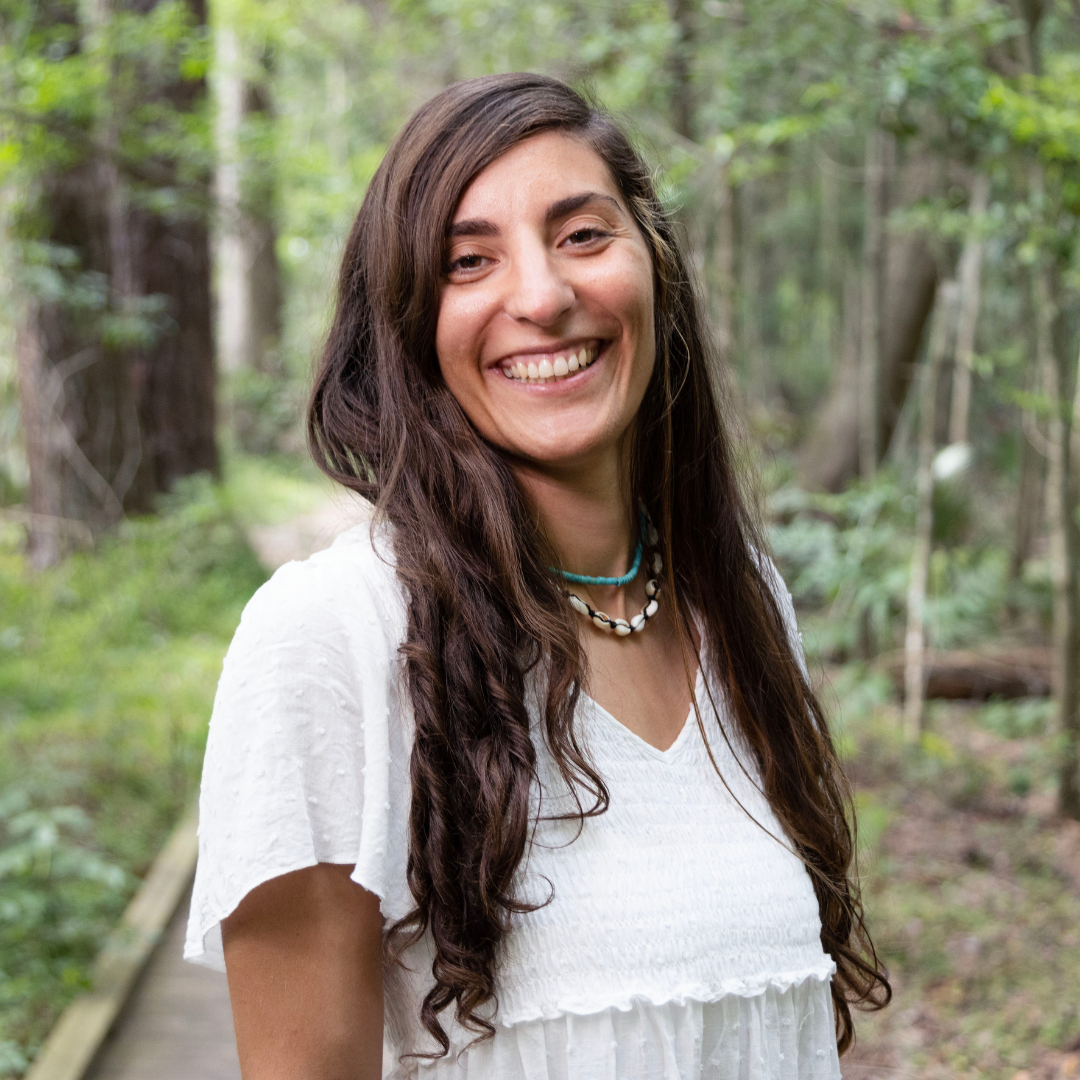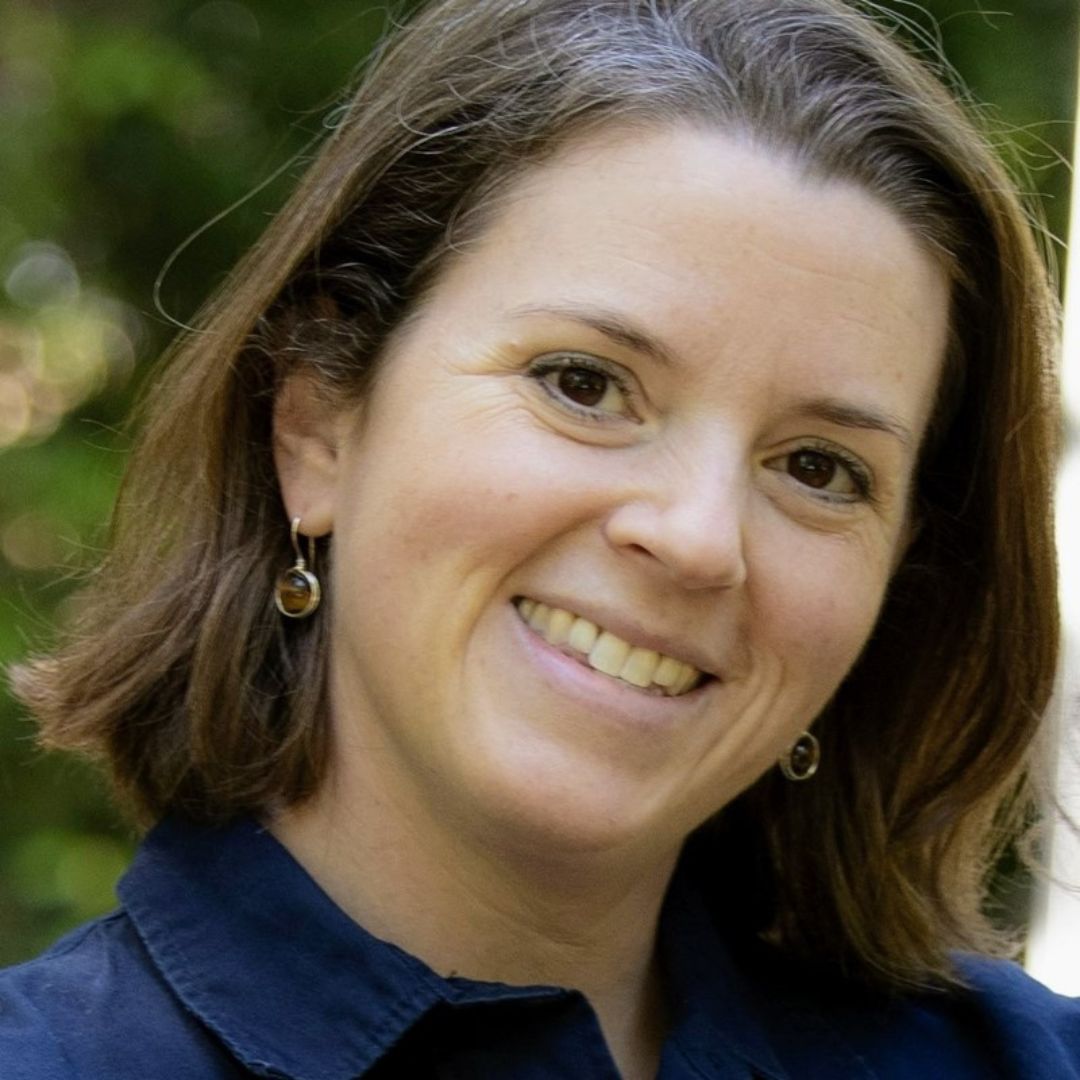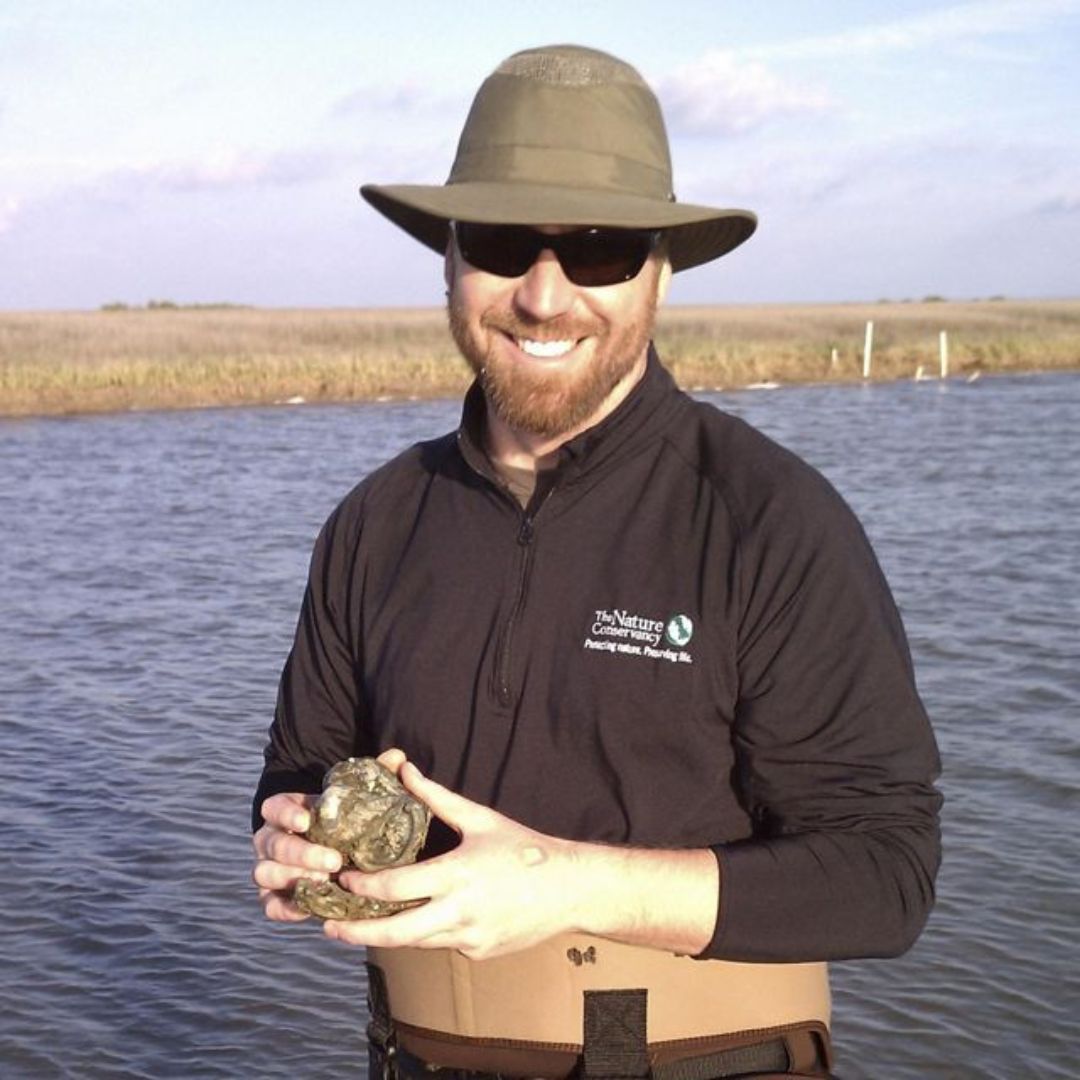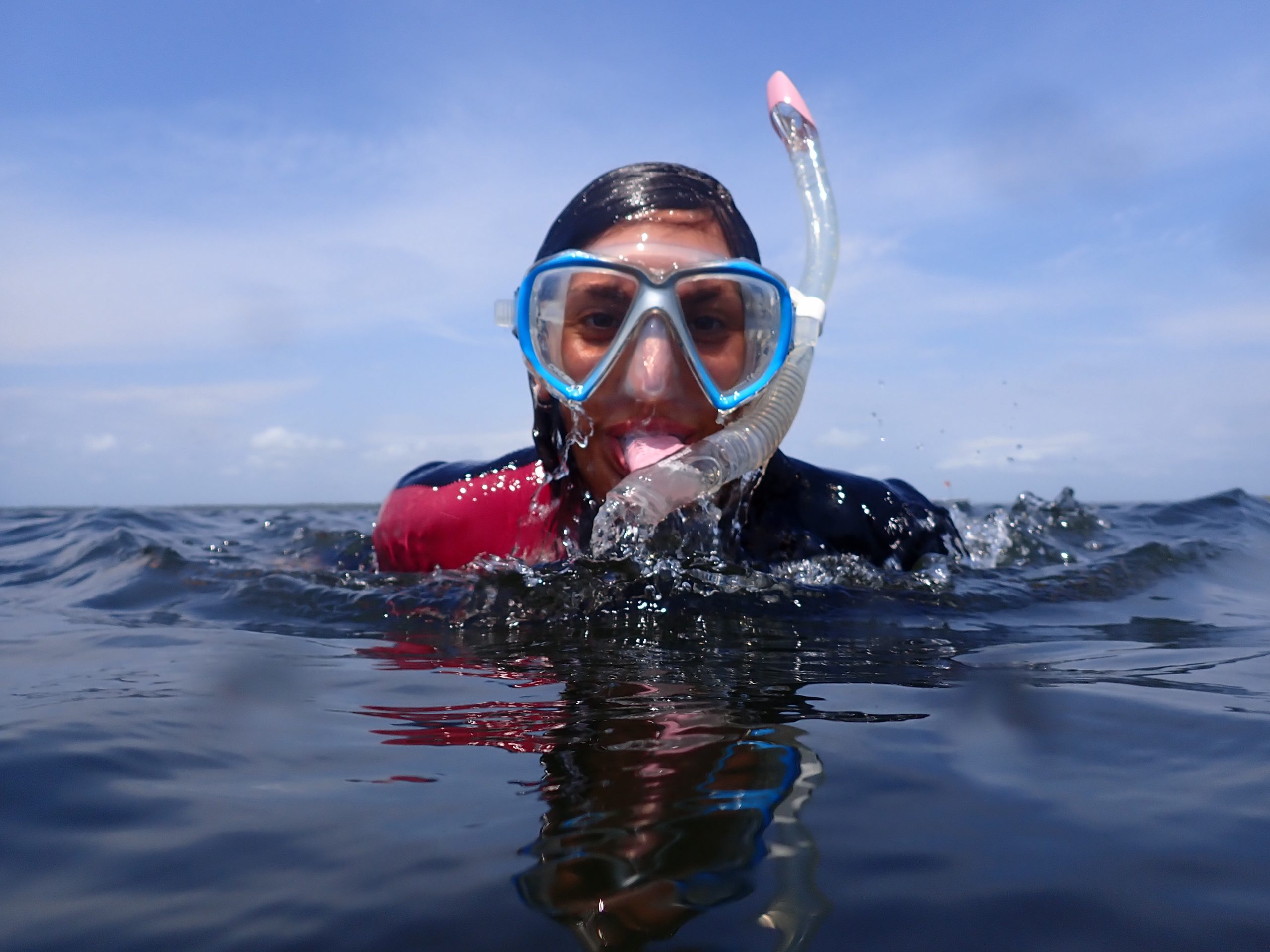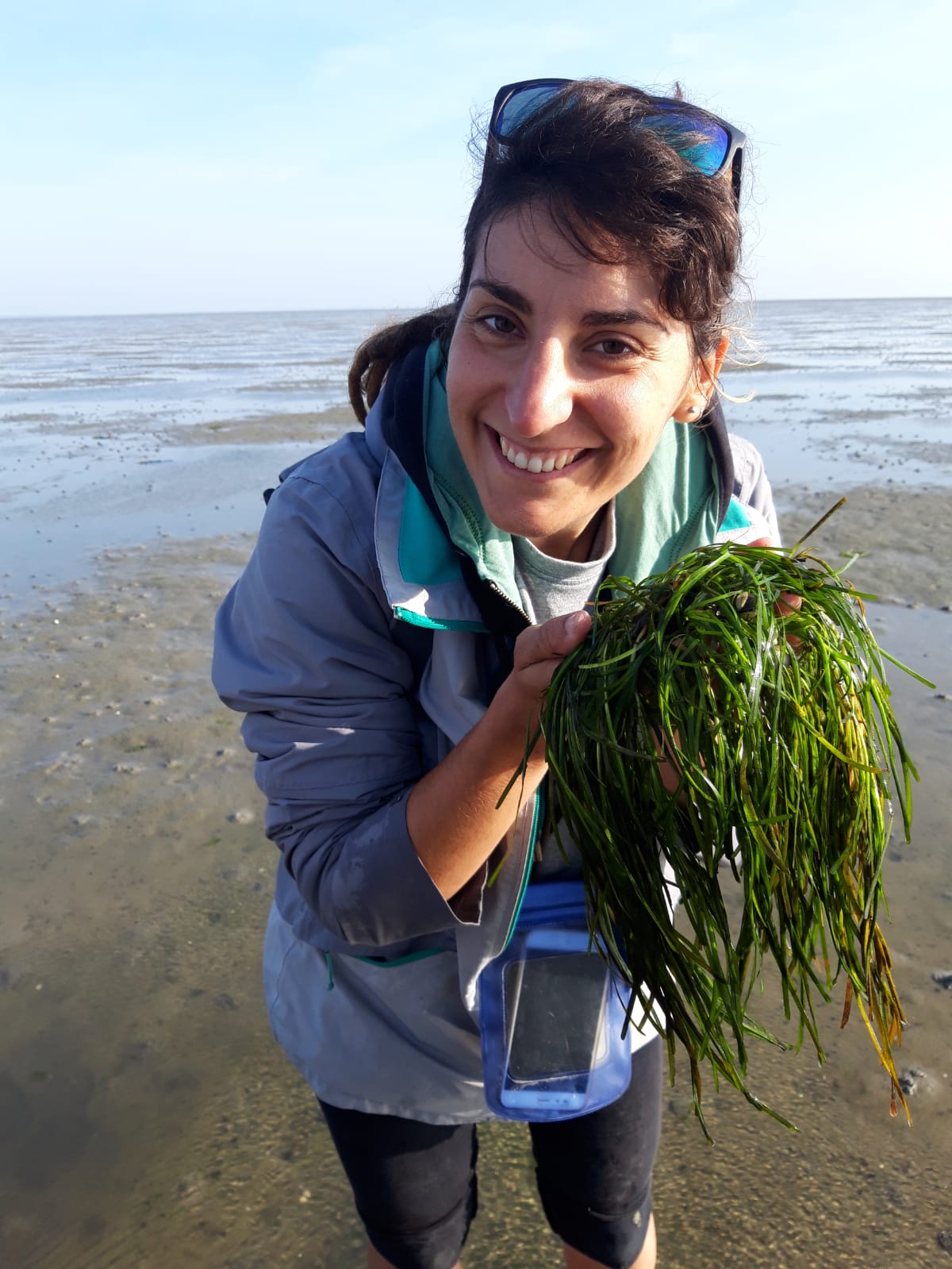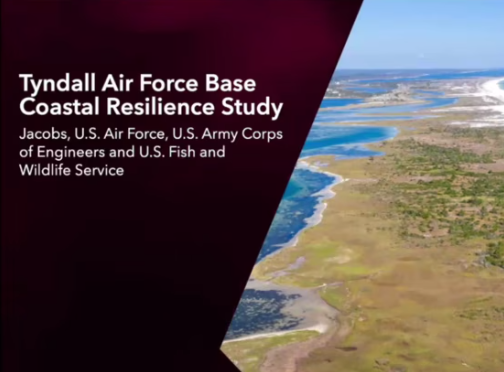Challenge
In October 2018, Tyndall Air Force Base (TAFB) in the Florida Panhandle suffered a direct hit from Hurricane Michael, a Category 5 hurricane that caused $3 billion in damage to the base. TAFB’s plan for rebuilding the base, funded by the REPI Challenge Program, includes the use of nature-based solutions to improve coastal resilience and protect against future threats such as sea level rise and severe storms. These nature-based solutions include living shorelines, oyster reef breakwater, submerged shoreline, and a seagrass restoration project, for which CCS provides ecological and physical monitoring, as well as contributes to the assessment and design.
Response
Researchers from CCS and the U.S. Naval Research Laboratory (NRL) are monitoring the condition and dynamics of the existing ecosystems, as well as the bathymetry, hydrodynamics and sediment transport in the project areas to inform the engineering designs and permitting, led by Jacobs. The Nature Conservancy is using CCS data and design recommendations to create a detailed monitoring plan to evaluate the success of living shorelines and seagrass restoration projects. Additionally, Jacobs is using this information to develop engineering designs for shoreline protection efforts. This program has won national and international awards, including a federal sustainability award from the White House.
Funding
This Coastal Resilience at Tyndall Air Force Base: Nature-based Coastal Resilience Solutions for Installation Resilience, Mission Assurance and Environmental Conservation project is funded by the Readiness and Environmental Protection Initiative (REPI) Challenge Program and National Oceanic and Atmospheric Administration (NOAA) RESTORE Program via Bay County.


